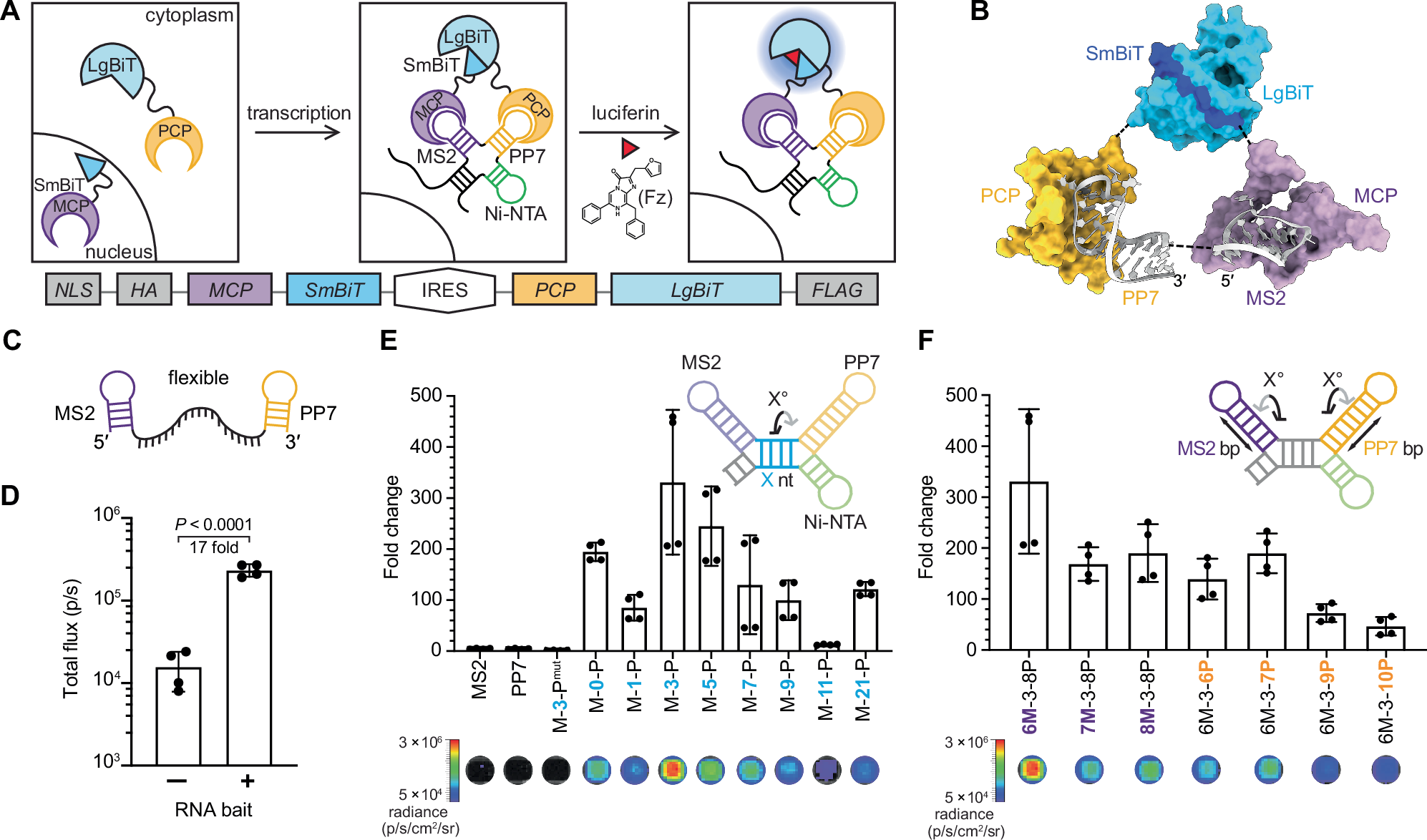2025-01-09 カリフォルニア大学アーバイン校 (UCI)
<関連情報>
- https://news.uci.edu/2025/01/09/uc-irvine-led-discovery-of-new-skeletal-tissue-advances-regenerative-medicine-potential/
- https://www.science.org/doi/10.1126/science.ads9960
超安定な脂質液胞が軟骨の形状と生体力学的機能をもたらす Superstable lipid vacuoles endow cartilage with its shape and biomechanics
Raul Ramos, Kim T. Pham, Richard C. Prince, Leith B. Leiser-Miller, […], and Maksim V. Plikus
Science Published:10 Jan 2025
DOI:https://doi.org/10.1126/science.ads9960
Editor’s summary
Cartilage is considered to be a mostly cell-free tissue made of copious extracellular matrix. Ramos et al. describe the embryonic development, gene expression, biochemistry, physiology, and biomechanics of lipid-filled cartilage in mice (see the Perspective by Hermosilla Aguayo and Selleri). This “fatty cartilage” forms from lipochondrocytes found in the face, neck, and chest of phylogenetically diverse mammals. It can adopt intricately patterned shapes and has life-long stability and elastic properties because of its large lipid vacuoles within numerous long-lived cells having little extracellular matrix. These findings hold promise for advancing our understanding of form-to-function relationships in skeletal tissues. —Stella M. Hurtley
Structured Abstract
INTRODUCTION
Vertebrates have a complex endoskeleton that consists of cartilage and ossifying bones. The biomechanics of the collagen-rich extracellular matrix in cartilage underlie its physical integrity. Additionally, during embryonic development, vertebrates also form the notochord, an endoskeletal tissue that affords animal bodies with mechanical support through hydrostatics. The notochord maintains its shape and stiffness owing to its large cells, whose aqueous vacuoles resist compression. Remnants of the notochord in most vertebrates became the nucleus pulposus, a ball-like structure at the center of intervertebral disks.
RATIONALE
In this study, we noticed adipocyte-like cells featuring a giant lipid vacuole present throughout mouse ear cartilage. Yet, unlike adipocytes, these cells did not label with adipose-specific genetic markers. We chose to characterize this form of cartilage, called lipocartilage, which we found in vital anatomical structures of the nose, ear, larynx, and chest, and to establish whether its biomechanical properties depend on intracellular vacuoles.
RESULTS
We found that precursor cells for lipocartilage expressed transcriptional factors and extracellular matrix genes shared with the progenitors of “conventional” cartilage. During terminal differentiation, lipocartilage precursor cells activated lipid metabolism genes, including de novo lipogenesis enzymes that convert glucose to fatty acids. Lipocartilage formation depended on de novo lipogenesis to synthesize lipid vacuoles, and unlike adipocytes, its cells could not take up additional fatty acids from the circulation. Furthermore, compared with adipocytes, mature lipocartilage cells lacked enzymes needed to breakdown stored lipids, resulting in metabolically “locked” vacuoles. In fact, when adult mice were challenged with either caloric restriction or a high-fat diet, their external ears and the lipid vacuoles contained within them did not change in size. This was in contrast to adipose tissues, which readily emptied or filled their lipid vacuoles, respectively. Beyond rodents, we identified lipocartilage in phylogenetically diverse mammals, including in the ears of echolocating bats, where it becomes particularly intricate. Abundant lipid droplets also form in human cartilage cells grown in vitro from embryonic stem cells.
CONCLUSION
We postulate that lipocartilage is a distinct type of vacuolated skeletal tissue that has evolved in mammals and is similar in form and function to vacuolated notochord. Lipocartilage attains and maintains its size and shape by adapting a distinct lipid metabolism program that enables the formation of superstable lipid vacuoles. Skeletal elements made of lipocartilage commonly acquire complex, micropatterned shapes, such as in elaborately shaped bat ears. Our lipid washout assays further suggest that vacuoles are critically required for lipocartilage biomechanics, calling for in-depth studies on the structure-function relationship between intracellular vacuoles versus extracellular matrix in skeletal tissues. Regenerative medicine strategies for embryonic stem cell–derived human cartilage can use lipid vacuoles as a natural biomarker that distinguishes differentiated cells from pluripotent progenitors.
Lipid-filled cartilage of mammals.
Unlike in conventional cartilage, the form and function of lipid-filled cartilage derives from giant lipid vacuoles (center). Vacuolated cartilage in mammals represents convergent evolution with the notochord, which has cells containing giant aqueous vacuoles. Developing cartilage grows vacuoles by a tightly controlled biochemical pathway (bottom). Mature lipocartilage maintains stable vacuoles by turning off lipid mobilization. This unusual molecular biology safeguards the vacuoles from unintended size fluctuations upon systemic metabolic disturbances. ECM, extracellular matrix.
Abstract
Conventionally, the size, shape, and biomechanics of cartilages are determined by their voluminous extracellular matrix. By contrast, we found that multiple murine cartilages consist of lipid-filled cells called lipochondrocytes. Despite resembling adipocytes, lipochondrocytes were molecularly distinct and produced lipids exclusively through de novo lipogenesis. Consequently, lipochondrocytes grew uniform lipid droplets that resisted systemic lipid surges and did not enlarge upon obesity. Lipochondrocytes also lacked lipid mobilization factors, which enabled exceptional vacuole stability and protected cartilage from shrinking upon starvation. Lipid droplets modulated lipocartilage biomechanics by decreasing the tissue’s stiffness, strength, and resilience. Lipochondrocytes were found in multiple mammals, including humans, but not in nonmammalian tetrapods. Thus, analogous to bubble wrap, superstable lipid vacuoles confer skeletal tissue with cartilage-like properties without “packing foam–like” extracellular matrix.



